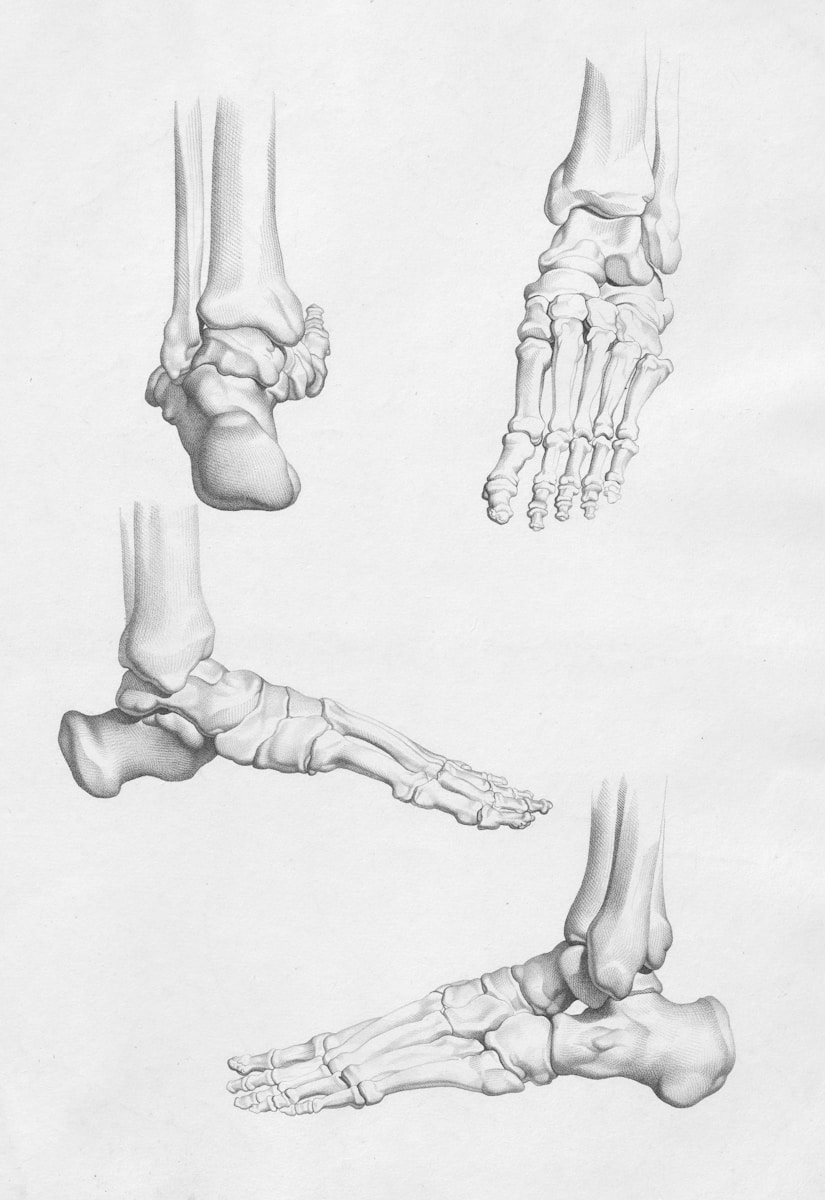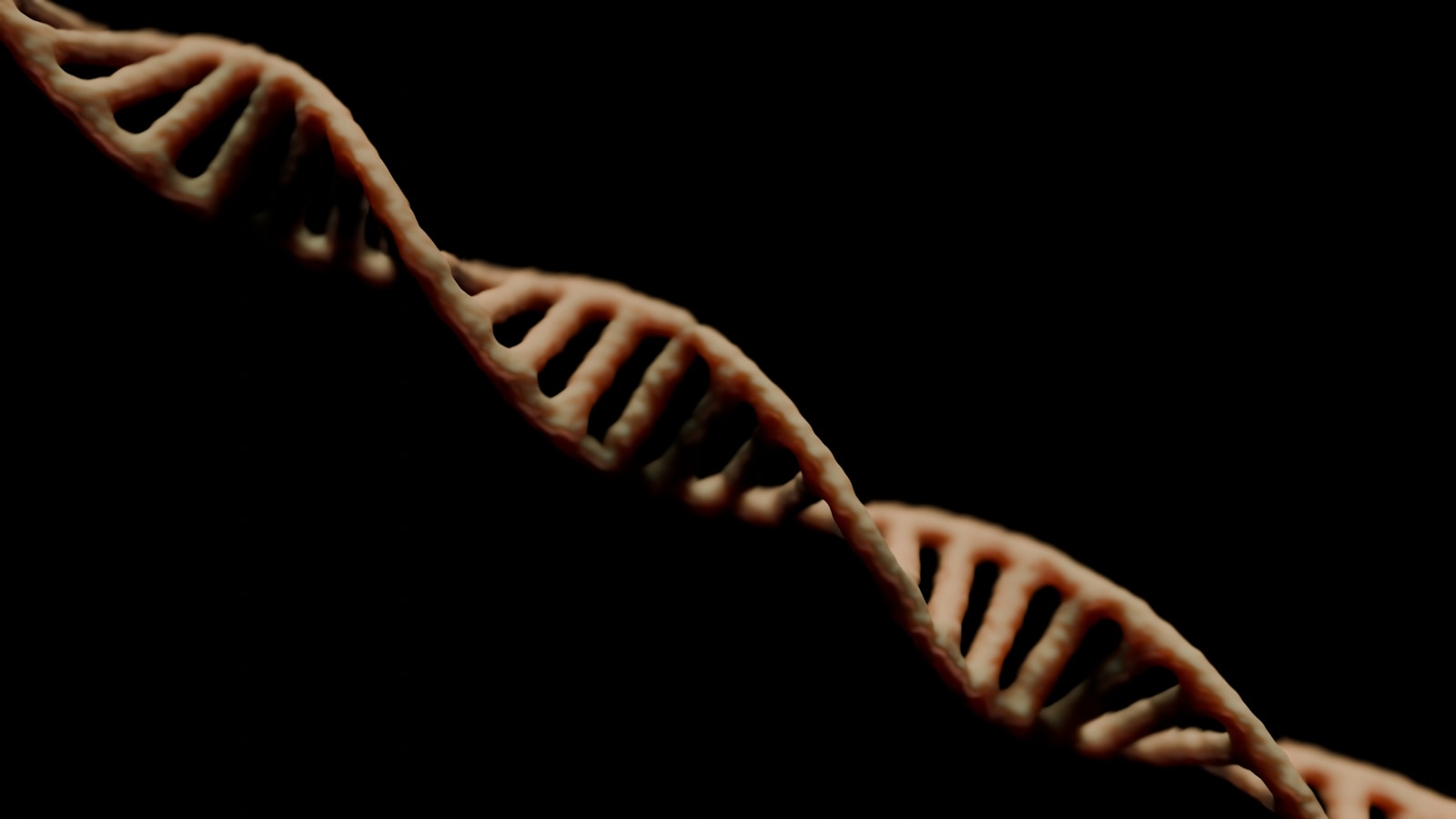Snakes are fascinating creatures known for their unique ability to swallow prey much larger than themselves. This impressive feat is made possible by the snake’s highly specialized anatomy and feeding behavior. Understanding how these animals manage such a task involves diving into their physical adaptations, hunting strategies, and digestive prowess. Let’s explore these aspects in greater detail, unveiling the complexities and marvels of snake biology. Snakes’ ability to consume prey larger than themselves is a testament to millions of years of evolutionary adaptations. These reptiles have honed their techniques and physical structures in a way that maximizes their feeding efficiency, ensuring their survival across diverse habitats. By examining their jaw structure, feeding process, and digestive system, we can gain a deeper appreciation for these extraordinary creatures.
Jaw Structure and Flexibility
One key component that allows snakes to consume large prey is their incredibly flexible jaw structure. Unlike humans, whose jaws are rigidly connected, snakes have a unique arrangement of ligaments and joints that allow their jaws to open incredibly wide. This enables them to expand their mouths and swallow prey that may be several times larger in diameter than their own heads.
Quadrate Bone Adaptation
A pivotal element of this jaw flexibility is the quadrate bone. In most animals, this bone is fixed, but in snakes, it is loosely attached to the skull, acting almost like a hinge. This adaptation permits the lower jaw to pivot and stretch, accommodating larger meals. Imagine trying to fit a large sandwich in your mouth without cutting it; this bone allows the snake to maneuver similarly but with far greater efficiency.
Jaw Dislocation Misconception
Contrary to popular belief, snakes do not dislocate their jaws. Instead, the two halves of their lower jaw are connected by a stretchy ligament, allowing them to move independently. This means they can “walk” their mouth over the prey, a technique that is both efficient and effective. This movement is akin to how we might nibble around a large piece of food, but snakes can do this on a much grander scale.
Stretchy Ligaments and Skin
Snakes also possess stretchy ligaments that connect their jaw bones, allowing for further expansion when consuming large meals. These ligaments are capable of stretching to accommodate prey items and then retracting once the meal is swallowed. This elasticity is crucial for snakes to be able to swallow large prey without causing harm to their own bodies.
Skin Expansion
In addition to ligament flexibility, a snake’s skin is incredibly elastic. This elasticity allows it to stretch over large prey without tearing. The scales themselves are not stretchable, but they are arranged in such a way that they overlap and slide over one another, providing the necessary give. Imagine an accordion being stretched out; the scales function similarly, allowing for incredible expansion without damage.
Slow and Methodical Feeding Process
When a snake encounters prey that is larger than itself, it goes through a slow and methodical process of consuming the meal. The snake will first capture the prey using its powerful jaws and then maneuver the prey into the optimal position for swallowing. By flexing and contracting their muscles in a coordinated manner, the snake is able to work the prey down its throat in a rhythmic fashion.
Prey Subdual Techniques
Depending on the species, snakes may use different methods to subdue their prey. Constrictors like boas and pythons wrap around their prey and squeeze, cutting off circulation and causing asphyxiation. Venomous snakes, on the other hand, rely on their toxic bite to immobilize prey, making it easier to swallow. The efficiency of these methods is a true marvel of nature, showcasing the balance of predator and prey.
Aligning the Prey
Swallowing starts at the head, as this alignment makes it easier to maneuver the meal. The snake might use its body and environment to push the prey into the correct position. This strategic alignment reduces resistance and takes advantage of the prey’s natural tapering shape. Think of it as trying to push a large object through a narrow door; aligning it correctly makes the process smoother.
Unique Digestive System
Once the prey is swallowed, the snake’s digestive system goes to work breaking down the meal. Snakes have highly acidic stomachs that are capable of breaking down bones, fur, and other tough materials that may be present in the prey. Additionally, snakes have a relatively short digestive tract, allowing them to process large meals efficiently.
Metabolic Adjustments
Snakes can go weeks or even months between meals, largely due to their ability to adjust their metabolism. After a large meal, their metabolism can increase by up to 44 times, accelerating the digestive process. This metabolic adjustment is energy-intensive but allows the snake to efficiently extract nutrients from its meal. It’s like hitting the gas pedal on a car to speed up, using more fuel but reaching the destination faster.
Digestive Enzymes and Acids
The snake’s stomach produces powerful digestive enzymes and hydrochloric acid, which together can dissolve even the toughest materials like bone. This process can take several days depending on the size of the meal, but it ensures that the snake utilizes as much of the prey as possible, leaving very little to waste. Imagine a recycling plant that breaks down entire cars; that’s essentially what a snake’s stomach does with its prey.
Adaptations Across Species
While the general principles of snake feeding are consistent, there are fascinating variations across different species that highlight specific adaptations.
Egg-Eating Snakes
Some snakes, such as the African egg-eating snake, have evolved to specialize in consuming eggs. These snakes have reduced teeth and specialized vertebrae in their throat to crack eggshells. Once swallowed, the shell is regurgitated, while the contents are digested. This adaptation is a perfect example of niche specialization, allowing these snakes to exploit a food source that many other predators cannot.
Sea Snakes
Sea snakes have adapted to their aquatic environment, and their feeding habits reflect this. They primarily consume fish, and their streamlined bodies and paddle-like tails aid in capturing prey underwater. Their venomous bites are particularly effective in the marine environment, quickly immobilizing fish that are then easily consumed.
Common Mistakes and Misconceptions
There are several misconceptions about how snakes swallow prey that can lead to misunderstandings about their behavior and biology.
Myth: Snakes Unhinge Their Jaws
As mentioned earlier, snakes do not unhinge their jaws. This myth likely arises from the incredible flexibility and independent movement of their jawbones, which can appear as though they are dislocating. It’s a natural optical illusion created by their unique anatomy.
Myth: All Snakes Swallow Large Prey
Not all snakes are capable of swallowing prey larger than themselves. Smaller species or those with different dietary needs may consume insects or small mammals. It’s essential to understand the diversity among snake species when considering their feeding habits. Just as not all birds fly, not all snakes tackle massive meals.
Practical Tips for Observing Snake Behavior
If you’re interested in observing snakes in their natural habitat, there are several things to keep in mind to ensure both your safety and the snake’s well-being.
Maintaining a Safe Distance
Always maintain a safe distance from wild snakes. Use binoculars or a zoom lens to observe them closely without disturbing their natural behavior. This approach not only protects you but also allows the snake to continue its natural activities without interference.
Respecting Their Environment
Avoid handling snakes unless necessary, and never attempt to feed or provoke them. Respect their habitat by leaving it undisturbed, as this helps preserve the delicate balance of the ecosystem. Consider yourself a guest in their home; act accordingly.
Observational Insights from the Field
Field researchers and herpetologists often share insights that deepen our understanding of snake behavior. For instance, studies have shown that some snakes exhibit patience and strategy when hunting, waiting for the perfect moment to strike. This strategic patience is an integral part of their success as hunters.
Case Study: The King Cobra
The King Cobra, one of the most iconic snake species, demonstrates a fascinating hunting strategy. Unlike many snakes, it actively pursues its prey over long distances. This behavior is a reminder that snake feeding strategies can be as varied and complex as those of any predator.
How Snakes Benefit the Ecosystem
Snakes play a crucial role in maintaining the balance of ecosystems. By controlling the populations of their prey, they help prevent overpopulation and the subsequent depletion of resources. This regulatory role is vital for the health of many ecosystems, from forests to grasslands.
Pest Control
Many snake species are natural pest controllers, preying on rodents and insects that can damage crops and spread disease. Farmers often appreciate the presence of these reptiles for their role in maintaining agricultural health.
The Evolutionary Journey of Snakes
The ability of snakes to swallow large prey is not only a marvel of biology but also a testament to their evolutionary journey. Over millions of years, snakes have refined their anatomy and behavior to become some of the most adept predators on the planet. This evolutionary path is a story of adaptation, survival, and incredible specialization.
Fossil Evidence
Fossil records provide insights into the evolutionary history of snakes, offering glimpses of how these creatures have changed over time. By studying these records, scientists can understand the gradual adaptations that have led to the modern snake’s capabilities.
Conclusion: A Celebration of Nature’s Design
Understanding how snakes swallow prey larger than themselves reveals the incredible adaptability and specialization of these reptiles. Each species has evolved unique strategies and anatomical features that allow them to thrive in their respective environments. Observing these behaviors not only deepens our appreciation for snakes but also highlights the intricate workings of nature’s design.
Whether you’re a casual observer or a dedicated herpetologist, the world of snakes offers endless opportunities for discovery and wonder. By respecting these creatures and their habitats, we can ensure that future generations will continue to marvel at their extraordinary abilities.



